Maryland is one of only three states that gives its governor a say in granting parole. In the 1990s, fear over the rise in violent crime led then-Gov. Parris Glendening to declare he would sign no paroles for individuals with life sentences, including those who committed crimes before turning 18.
The Supreme Court later ruled that juveniles must be given a chance for release. Yet some 300 Maryland inmates sentenced to life as juveniles went 23 years with no parole until November, when Gov. Larry Hogan granted parole to three men.
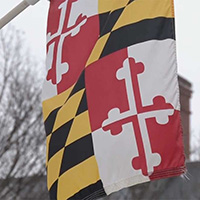
Former Gov. Parris Glendening’s "life means life" policy changed criminal sentences for hundreds of prisoners. It is a decision he calls "a mistake," but its impact continued until now, when Gov. Hogan may be signaling new flexibility.

Juvenile lifers have committed horrible crimes that have stolen loved ones from their families. How do we deal with their pain?
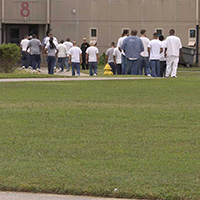
Earl Young and Calvin McNeill went to prison determined to win parole. They have spent a combined 72 years behind bars.
Three Supreme Court decisions have changed the landscape of juvenile justice policy since the "tough on crime" era of the 1990s. Together, they ruled unconstitutional both the death penalty and life without parole for juvenile offenders.
The response to those rulings has been strikingly varied from state to state. Three states had large numbers of juveniles sentenced to life without parole, effectively sentenced to die in prison: Pennsylvania, Michigan and Florida. Pennsylvania stands out for its efforts to resentence and release juveniles.
Three other states, Maryland, California and Oklahoma, require a governor’s signature to grant parole rather than the approval of an appointed parole board. Again, those states have responded unevenly. Marsha Levick, the chief legal officer of the Philadelphia-based Juvenile Law Center, captured the essence of the situation when she said, "In America, it’s either justice by geography, justice by race, or justice by wealth."
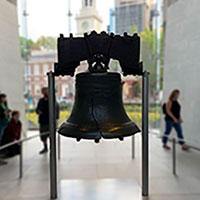
In the Keystone State more than 500 juveniles served sentences of life without parole. Today many of them have been re-sentenced, many to time served.
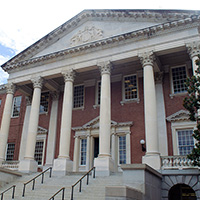
Parole in the hands of governors
In most states parole commissions decide who should be released. Only three require the governor to sign paroles. Each state has handled the court’s rulings differently.
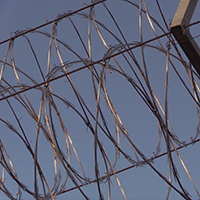
Michigan and Florida go different routes
Both states had large numbers of juveniles sentenced to life without parole. Both have hit speed bumps as they try to respond to the Supreme Court.
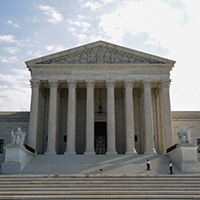
Five Supreme Court decisions that changed sentencing for juveniles
Beginning in 2005 the Court overturned many of the harshest policies aimed at juveniles.
About This Project
This work is a collaboration among the University of Maryland's Howard Center for Investigative Journalism and Capital News Service and the PBS NewsHour.



Credits
Web design and development: Camila Velloso
Reporting and writing: Athiyah Azeem, Victoria Daniels, Hannah Gaskill, Dominique Janifer, Lynsey Jeffery, Jamie Kerner, Lauren Perry, Sara Salimi, Delon Thornton, Emily Top and Camila Velloso
Data analysis: Riin Aljas, Hannah Gaskill and Camila Velloso
Video: Athiyah Azeem, Hannah Gaskill, Dominique Janifer, Lynsey Jeffery, Jamie Kerner, Lauren Perry, Sara Salimi, Delon Thornton, Emily Top and Camila Velloso
Graphics: Hannah Gaskill, Ally Tobler and Camila Velloso
Project editors: Kathy Best, Tom Bettag, Karen Denny, Marty Kaiser, Adam Marton and Sean Mussenden
Audience engagement: Alex Pyles
Top photo: Courtesy of Maryland Department of Public Safety and Correctional Services
Funders
Support for this project comes from generous grants from the Scripps Howard Foundation, the Annie E. Casey Foundation and the University of Maryland’s Philip Merrill College of Journalism.


